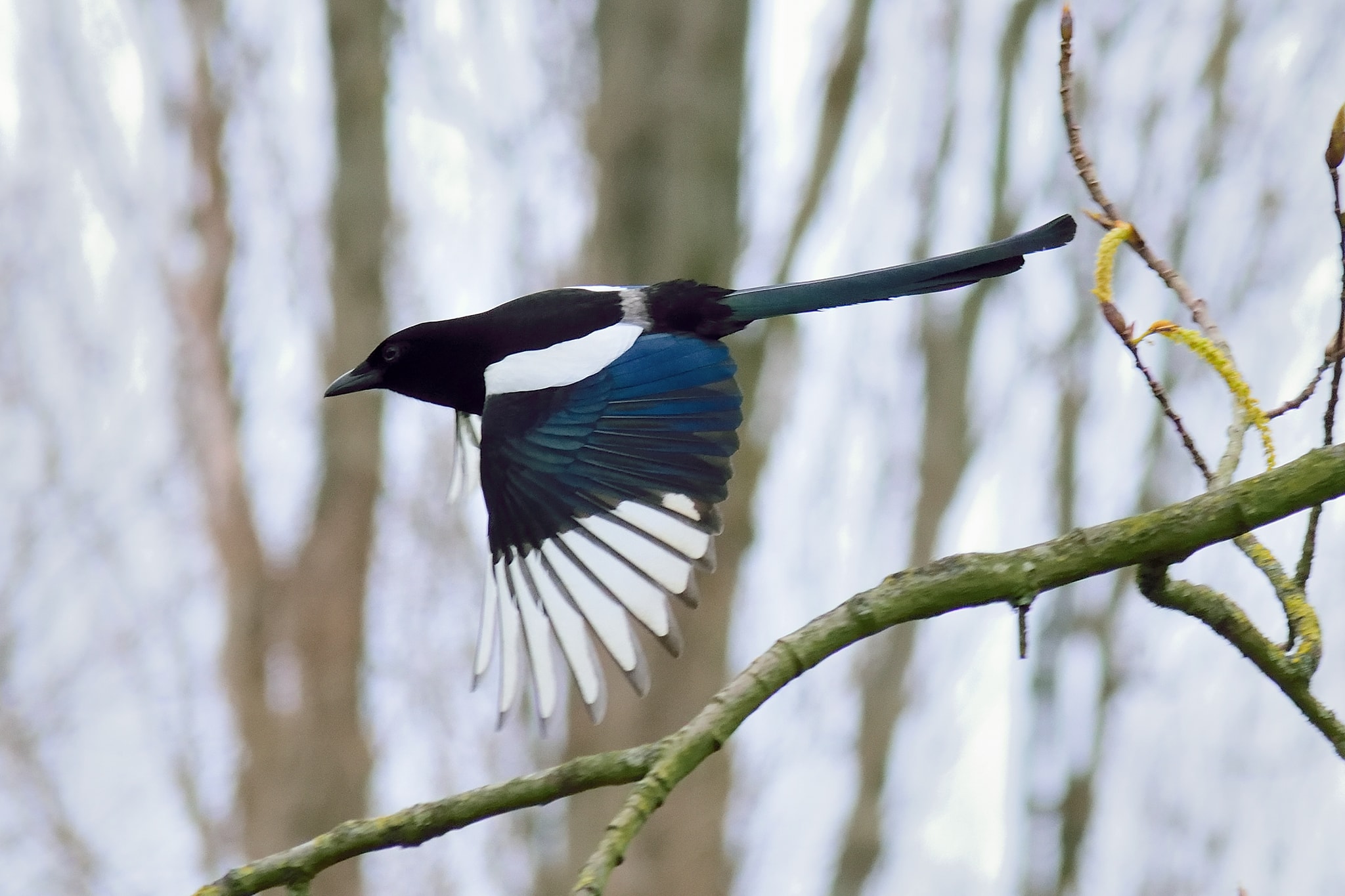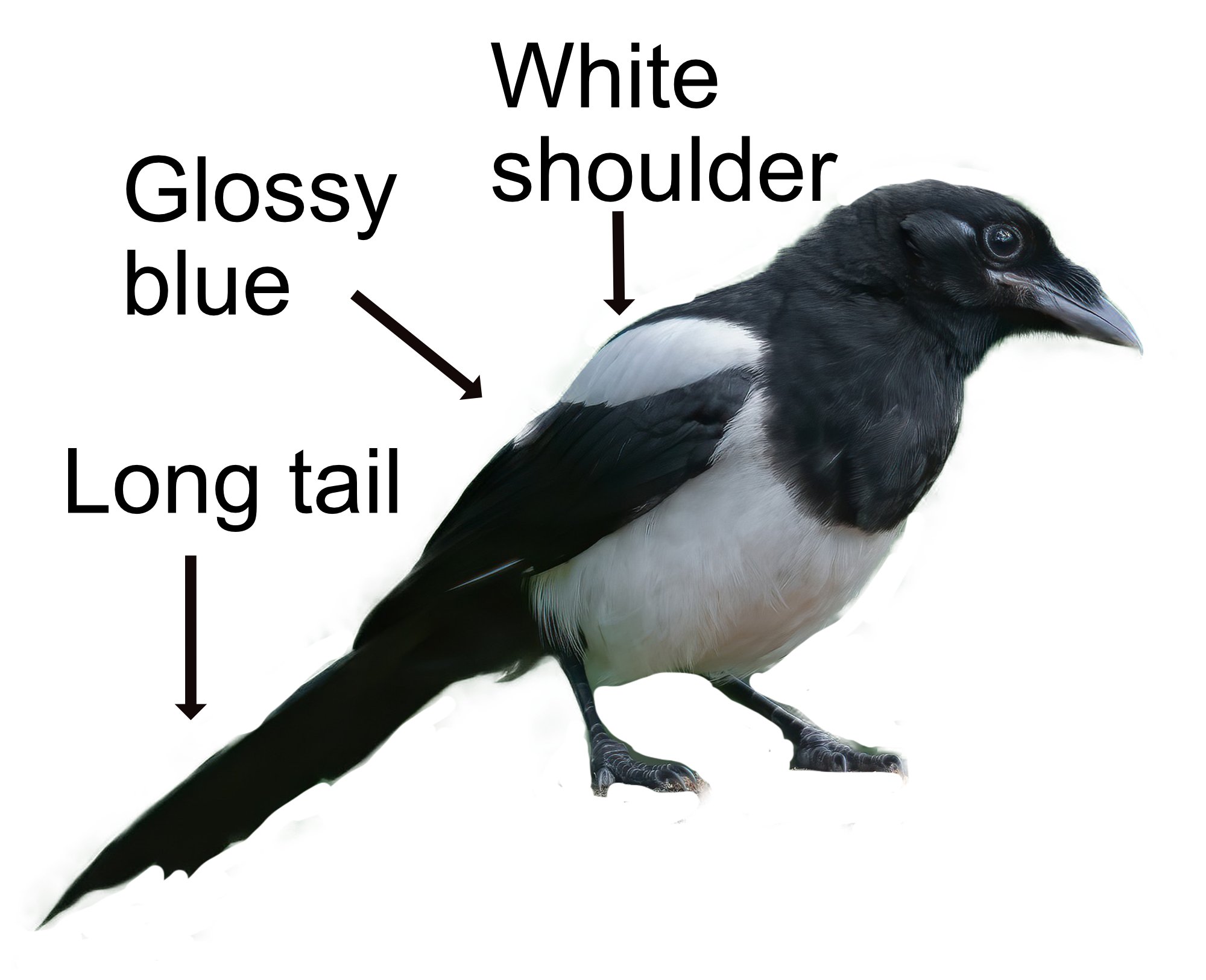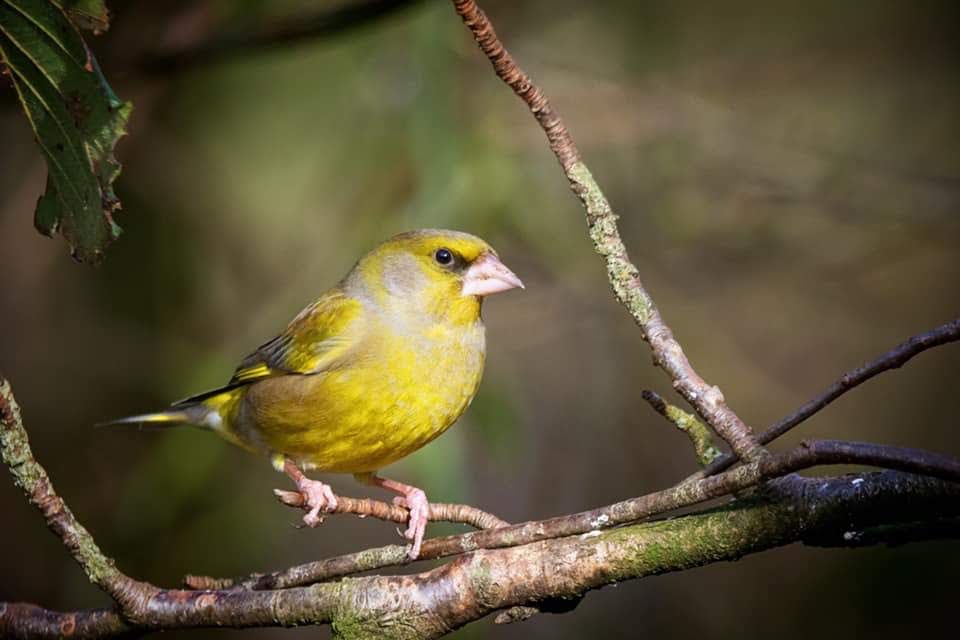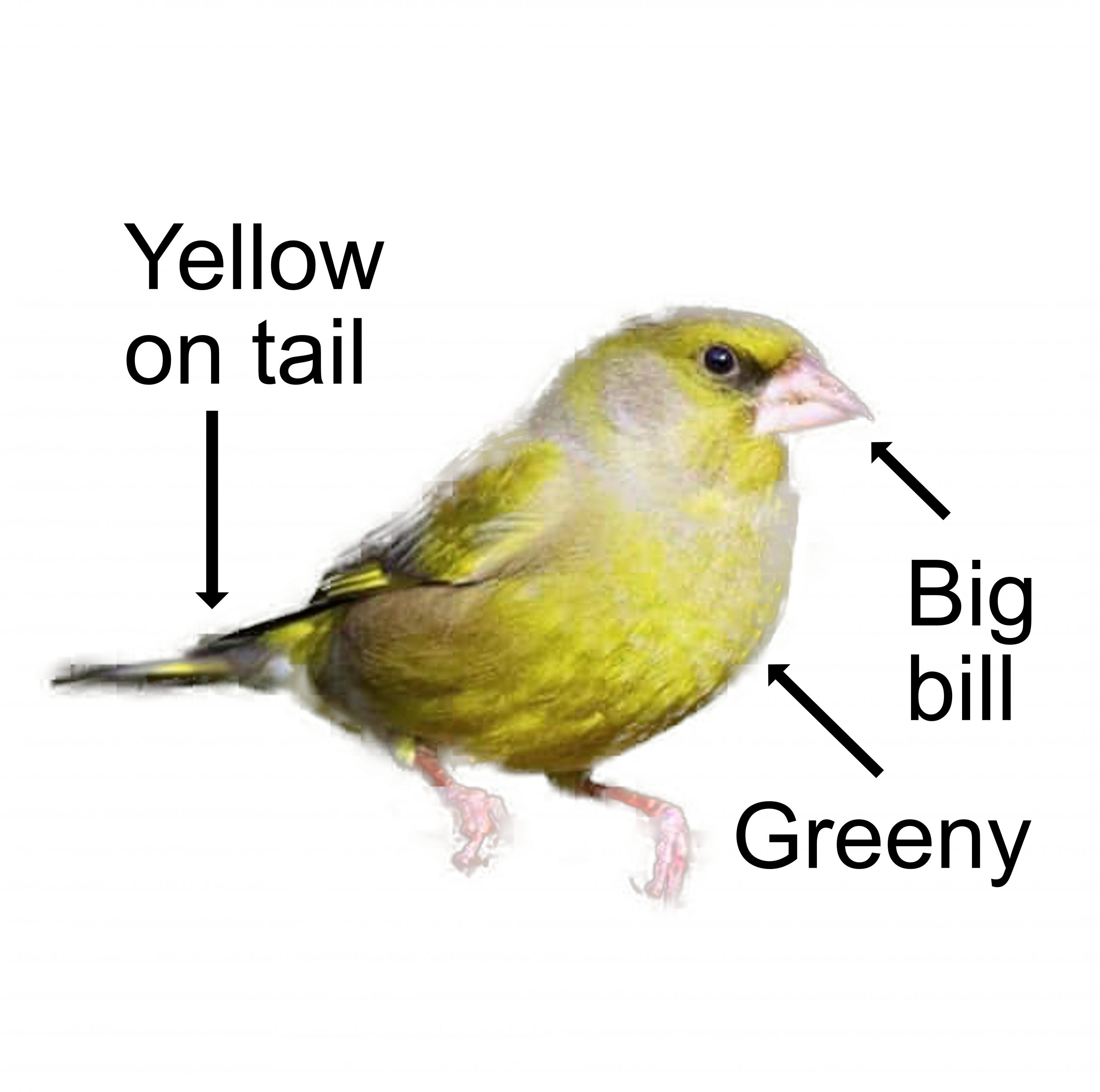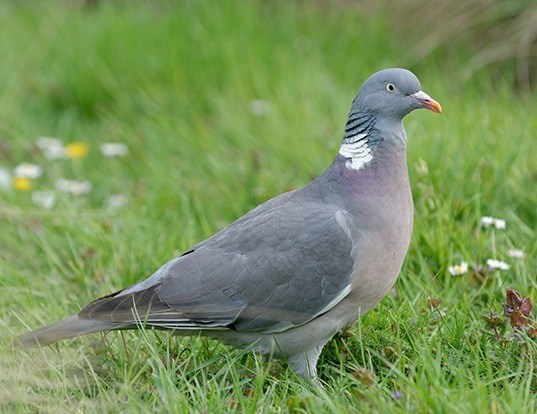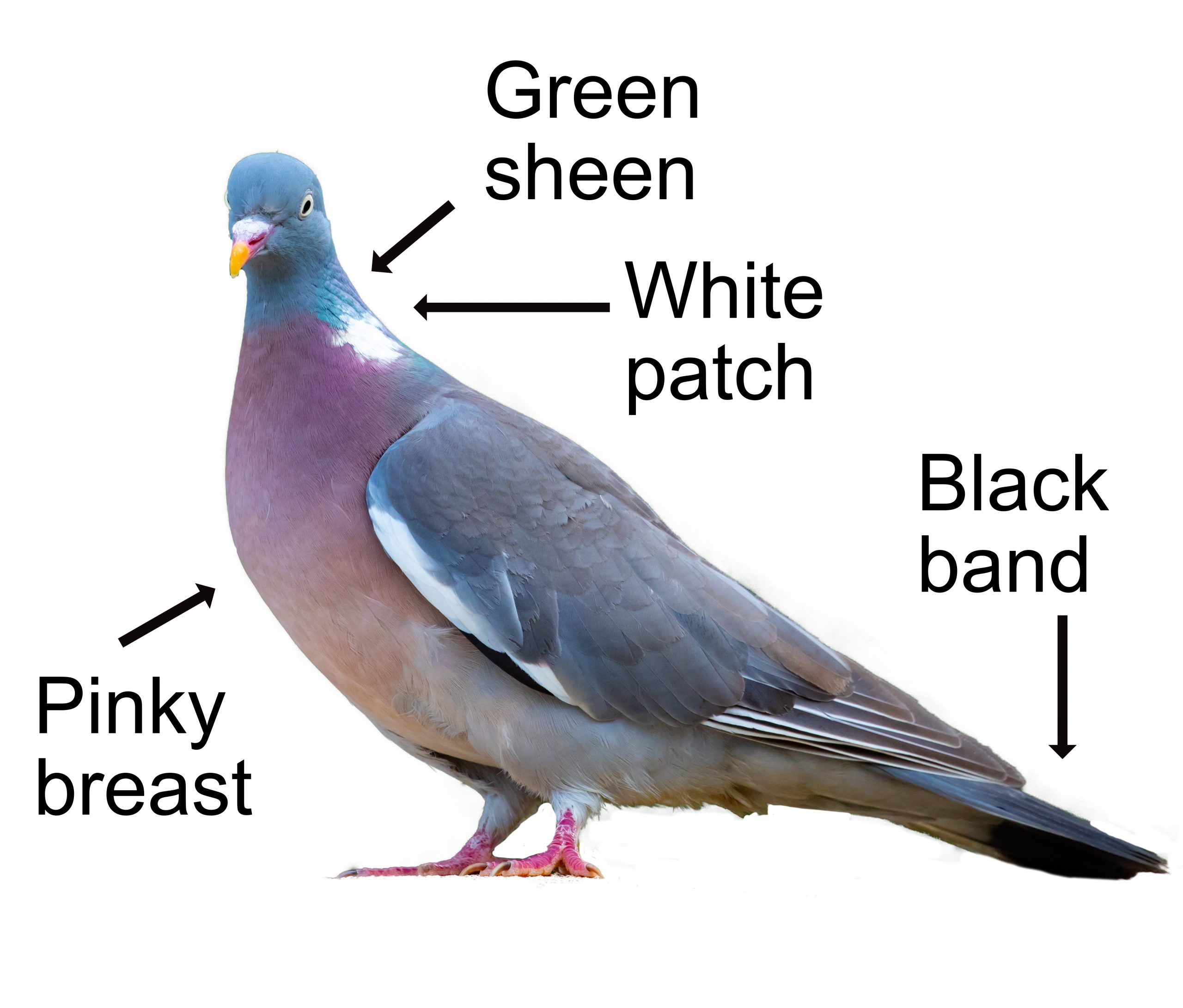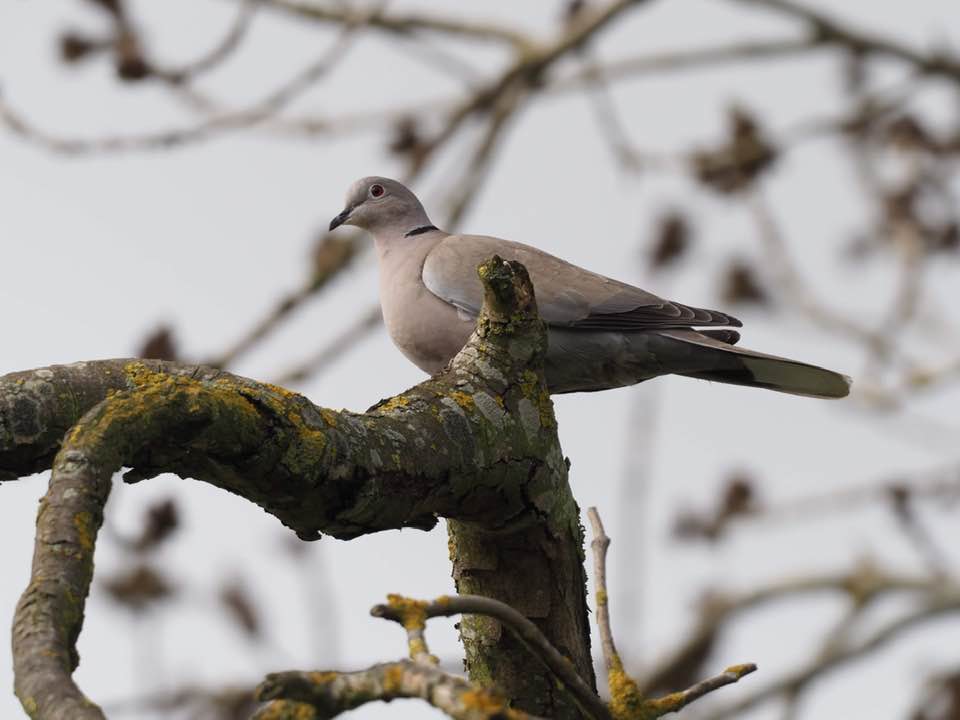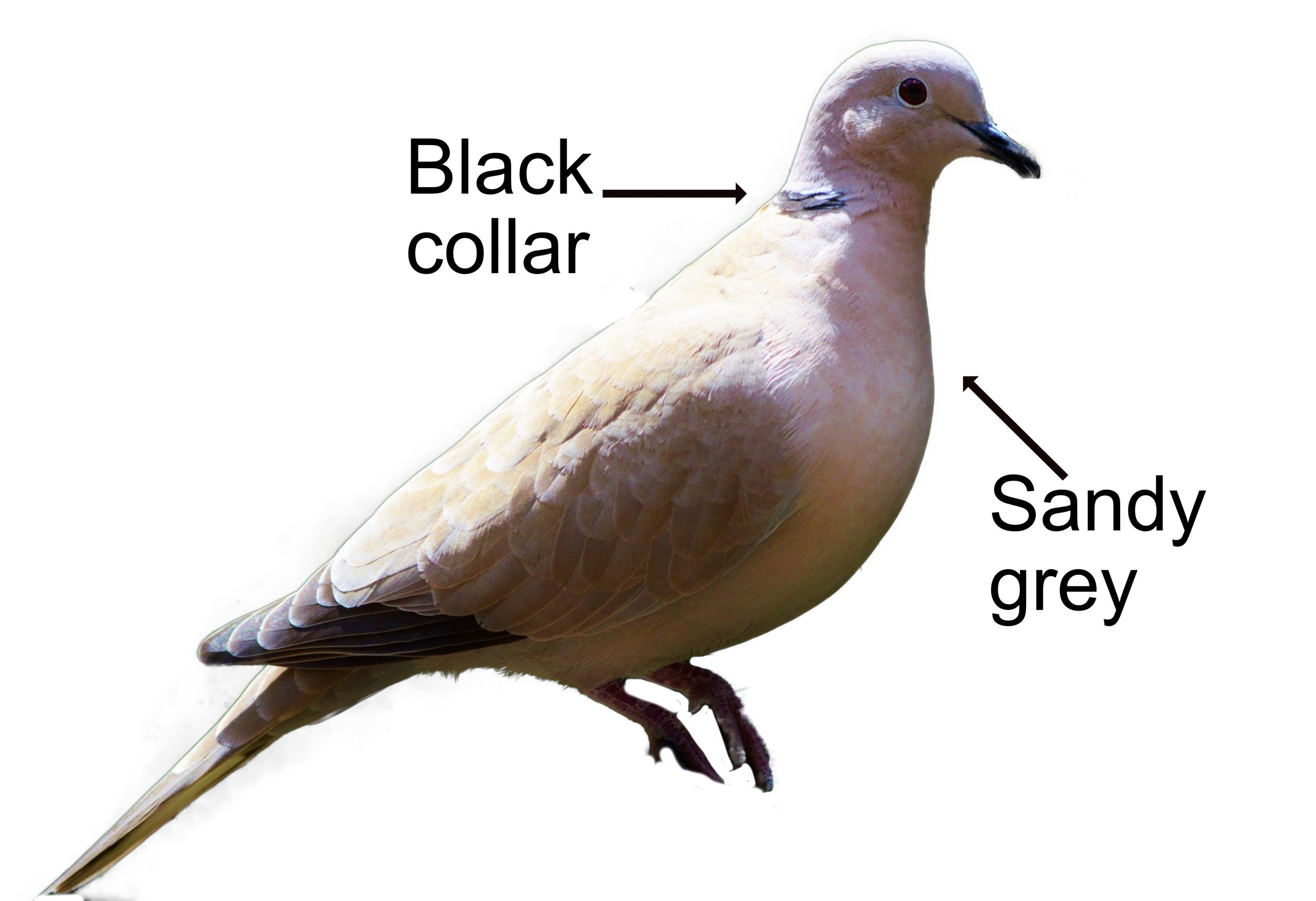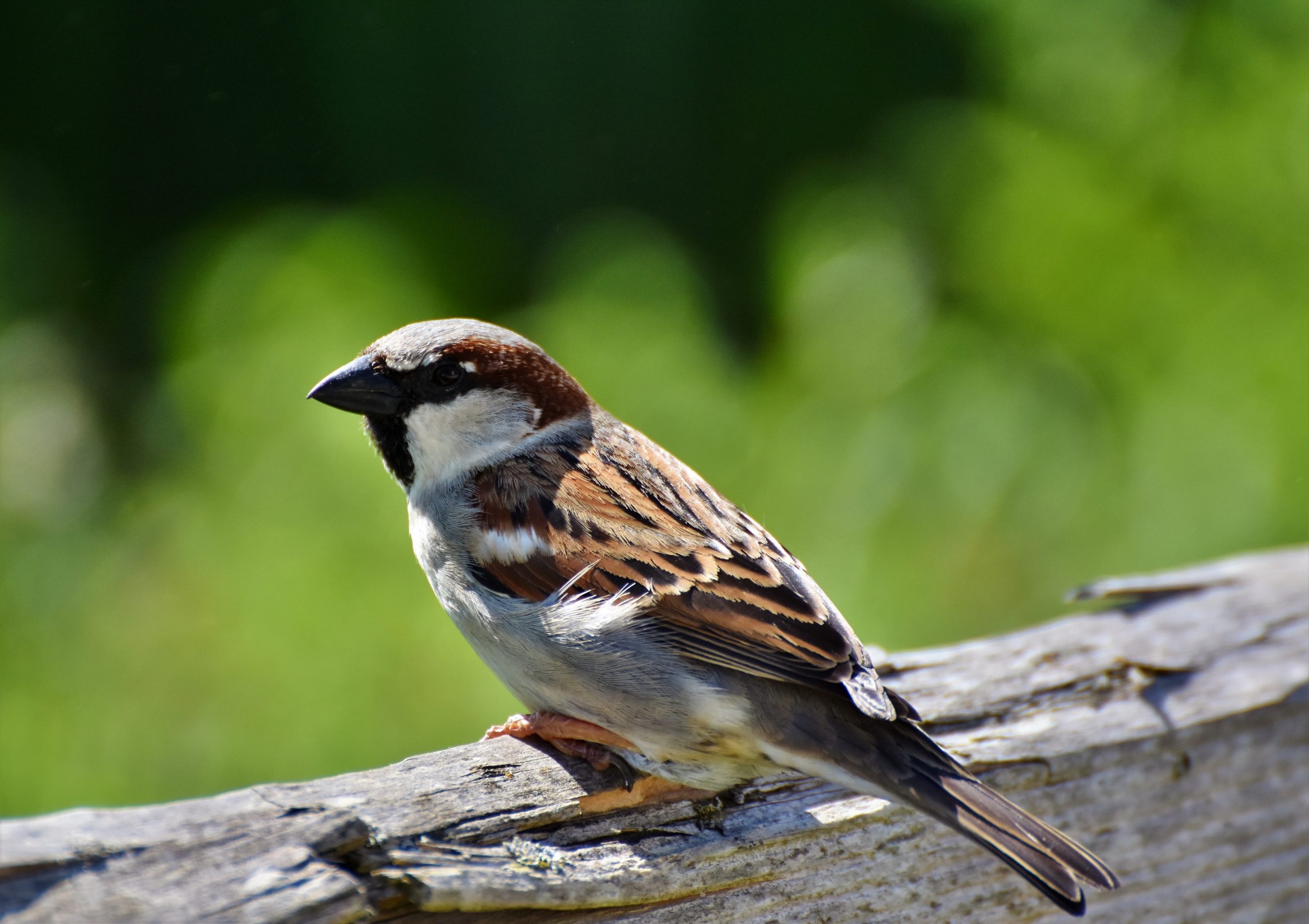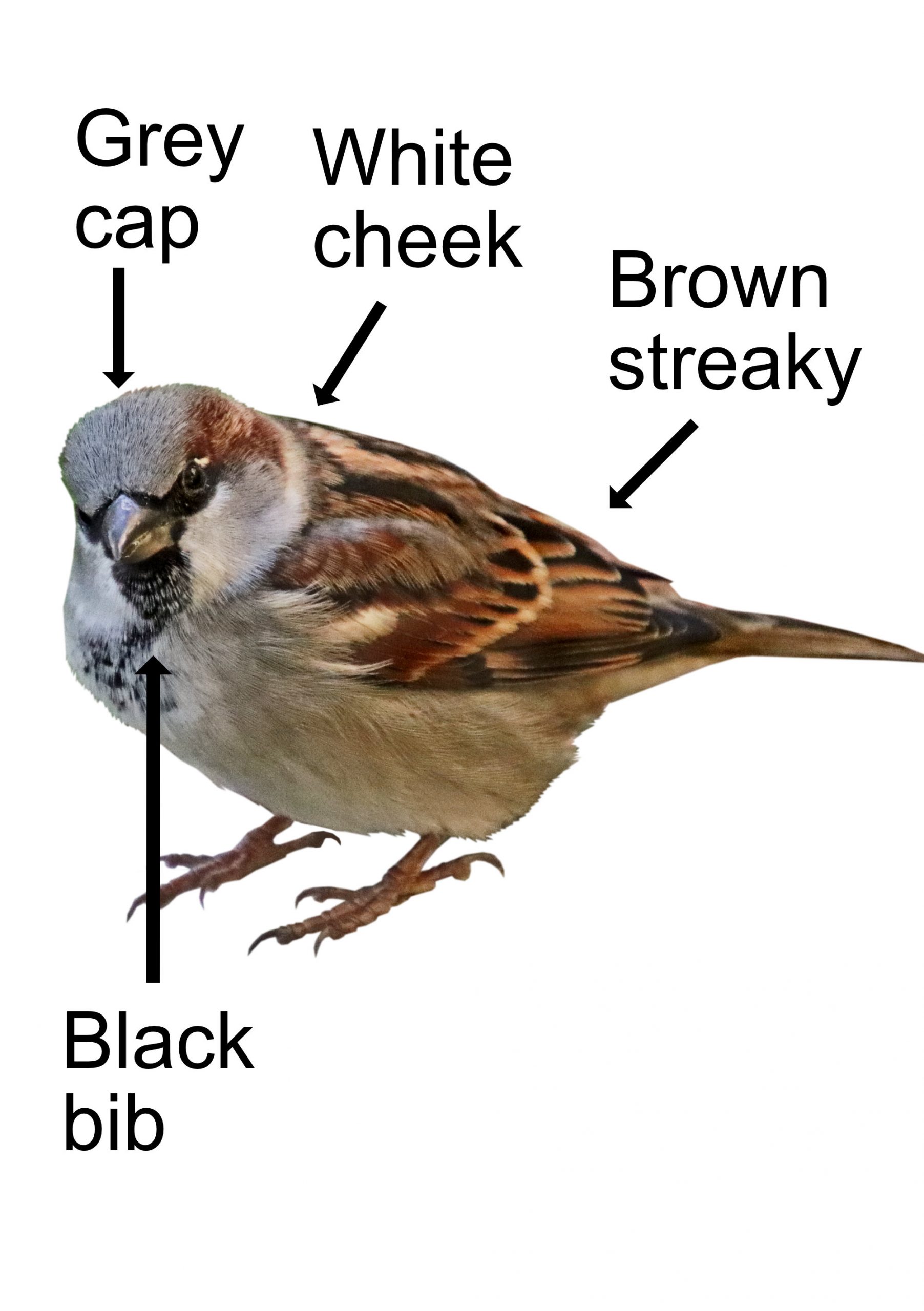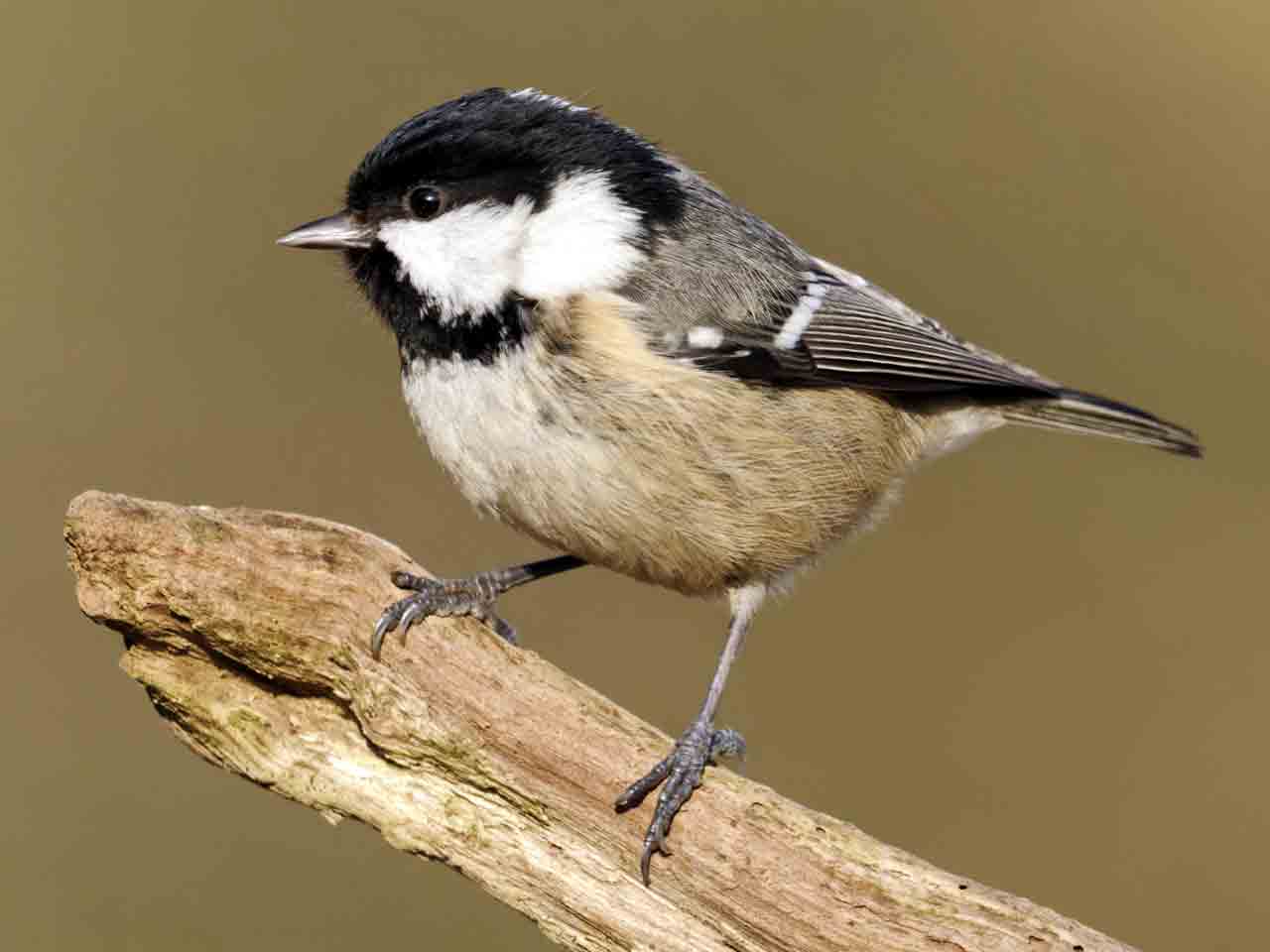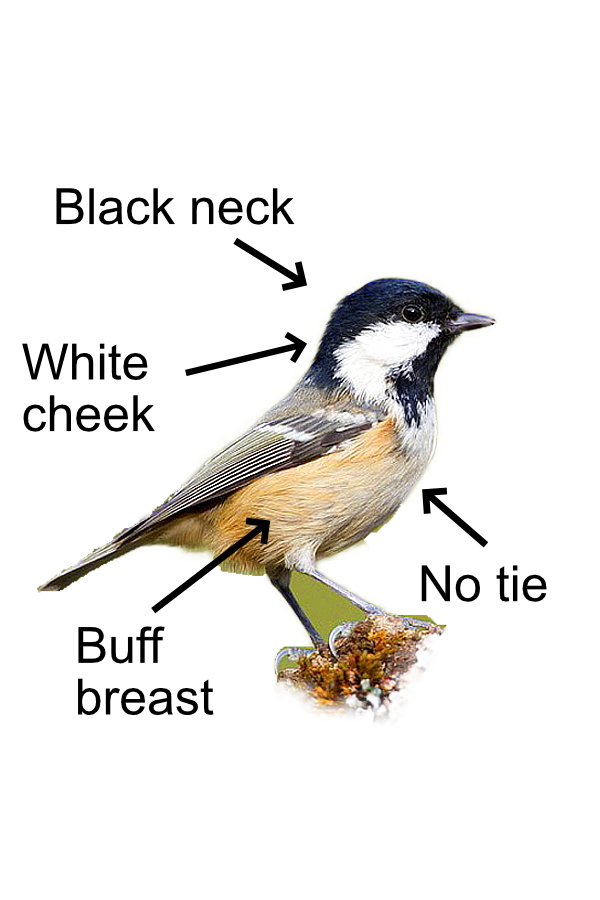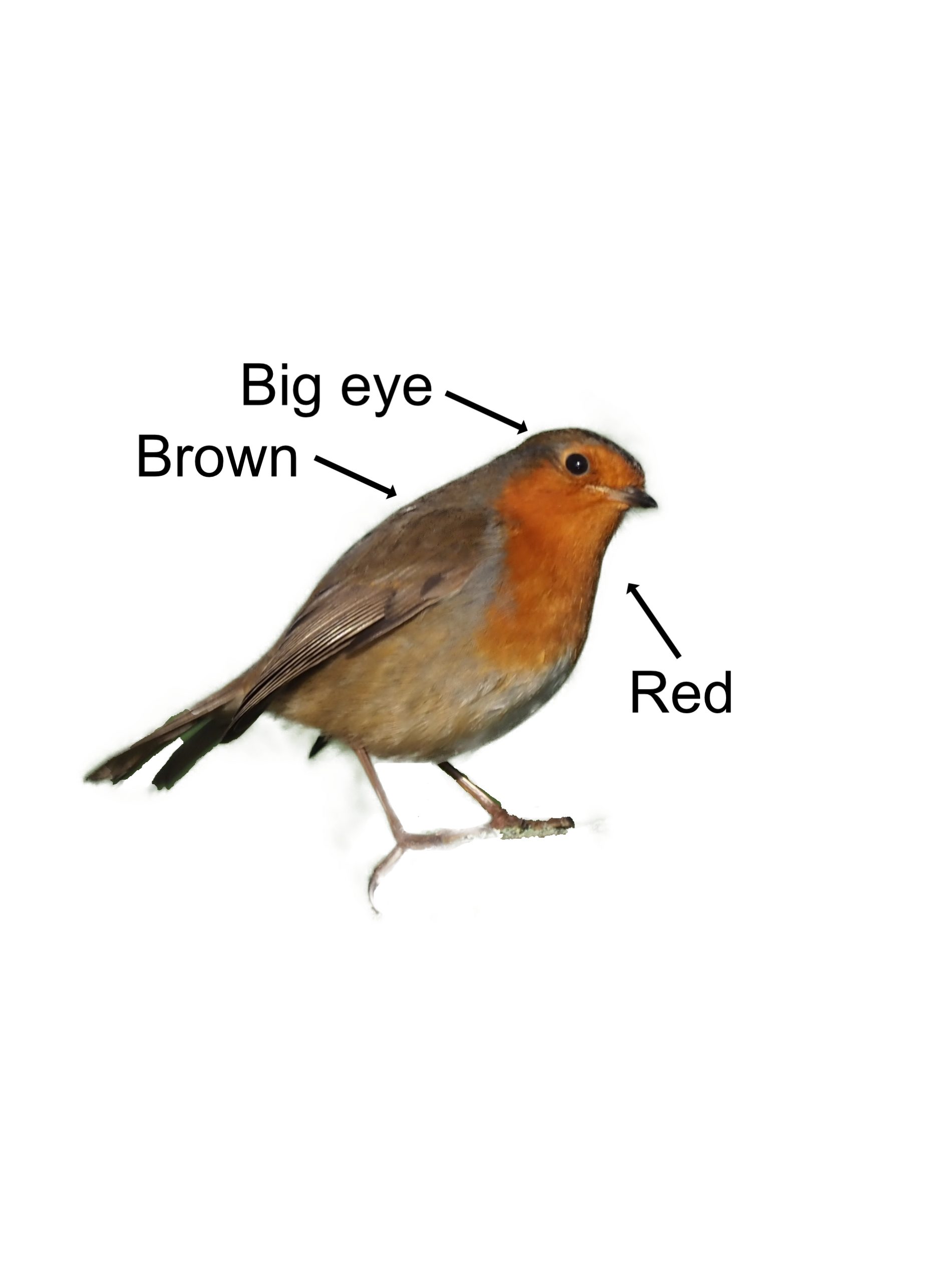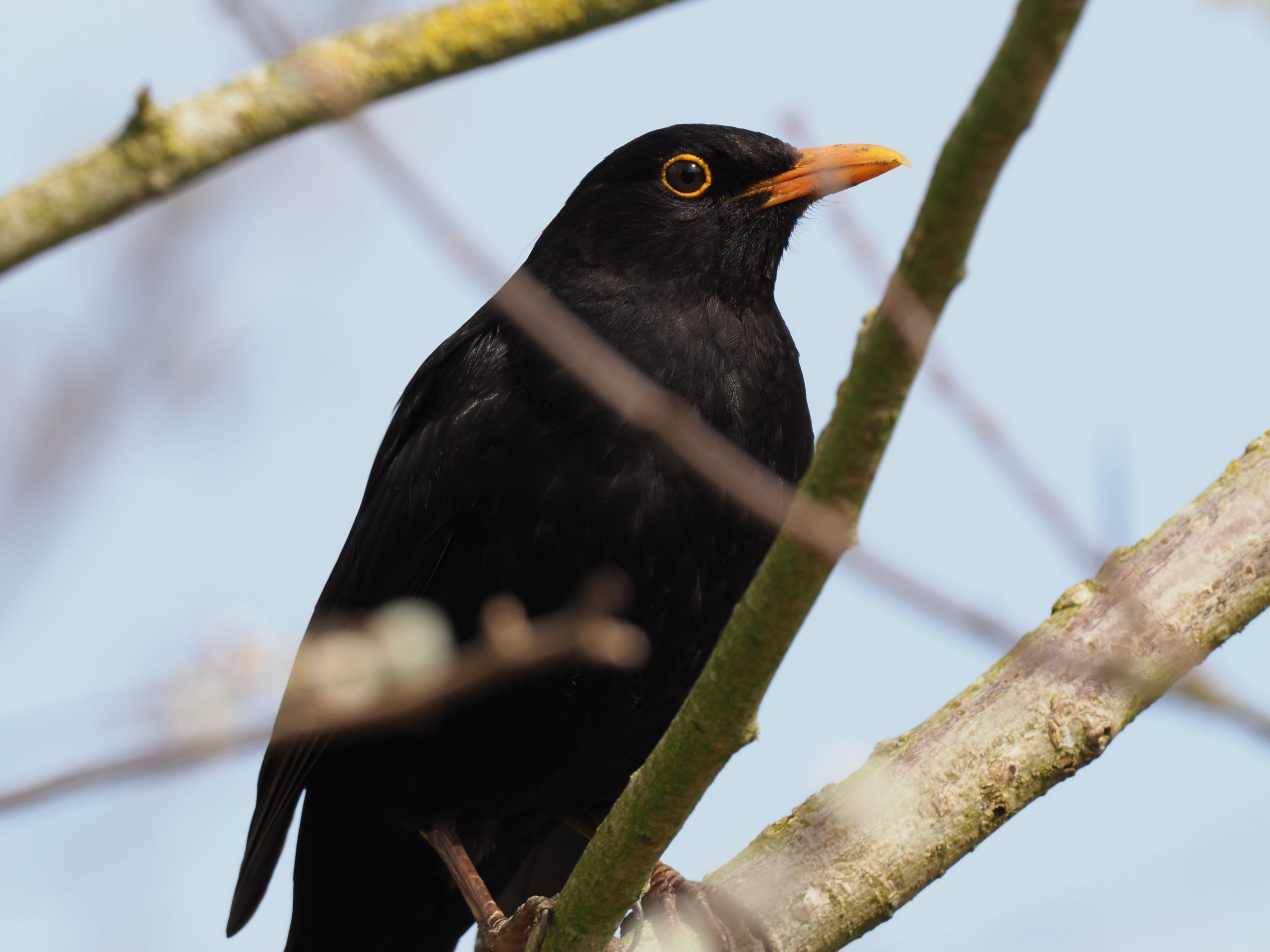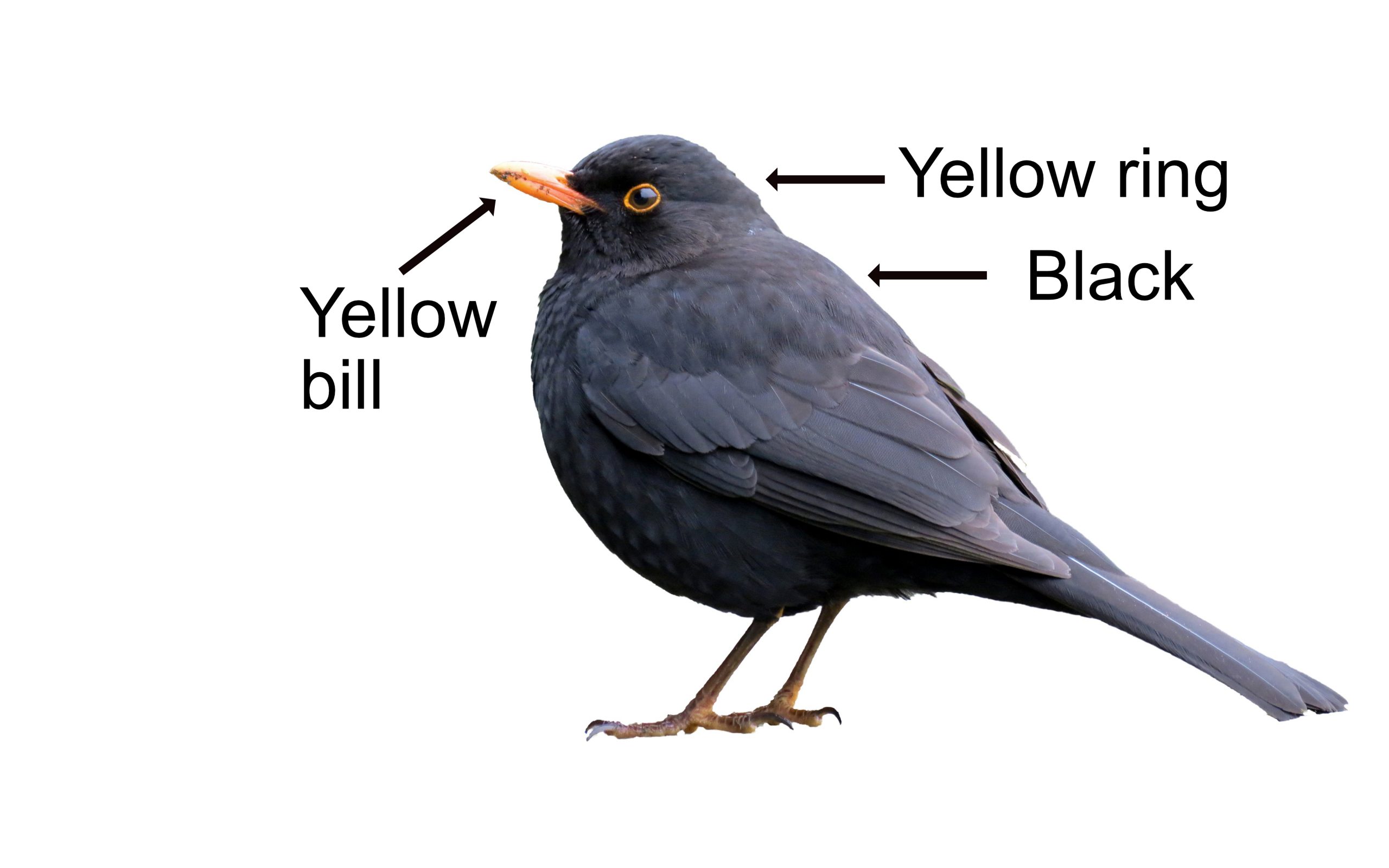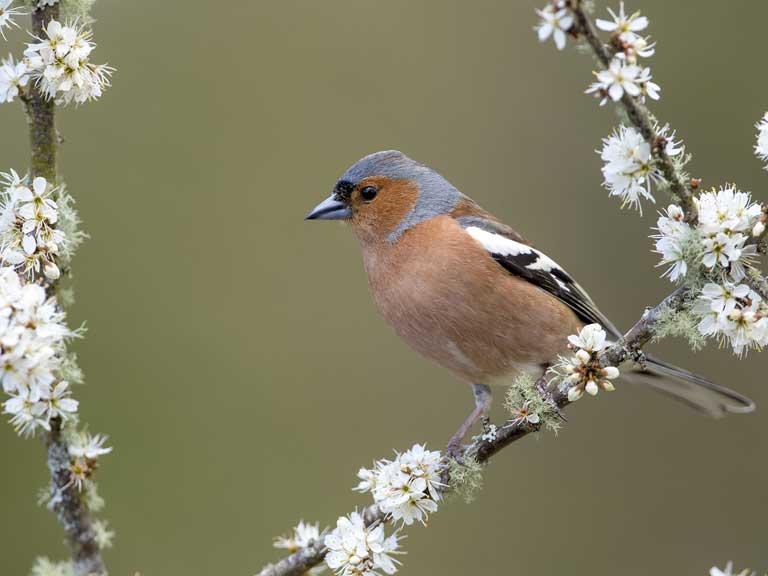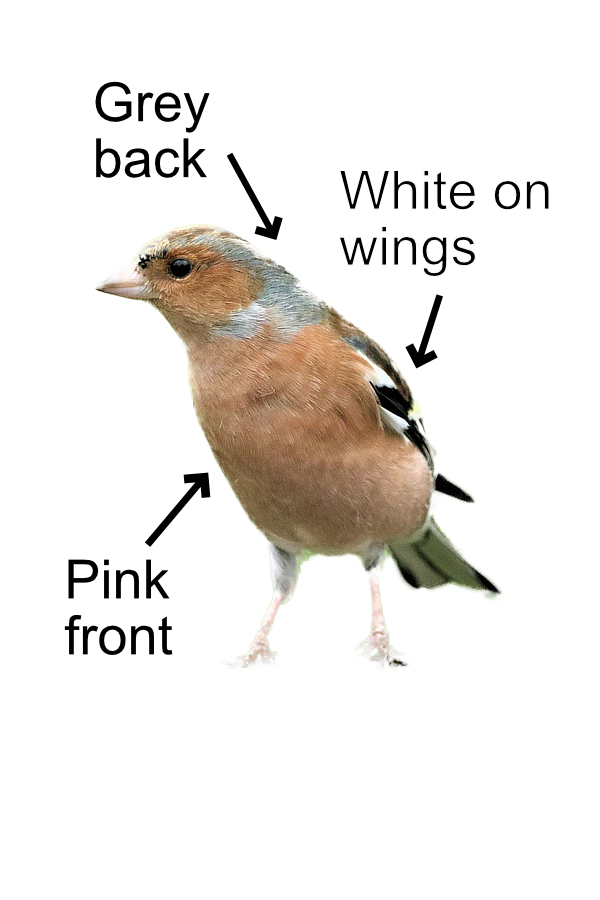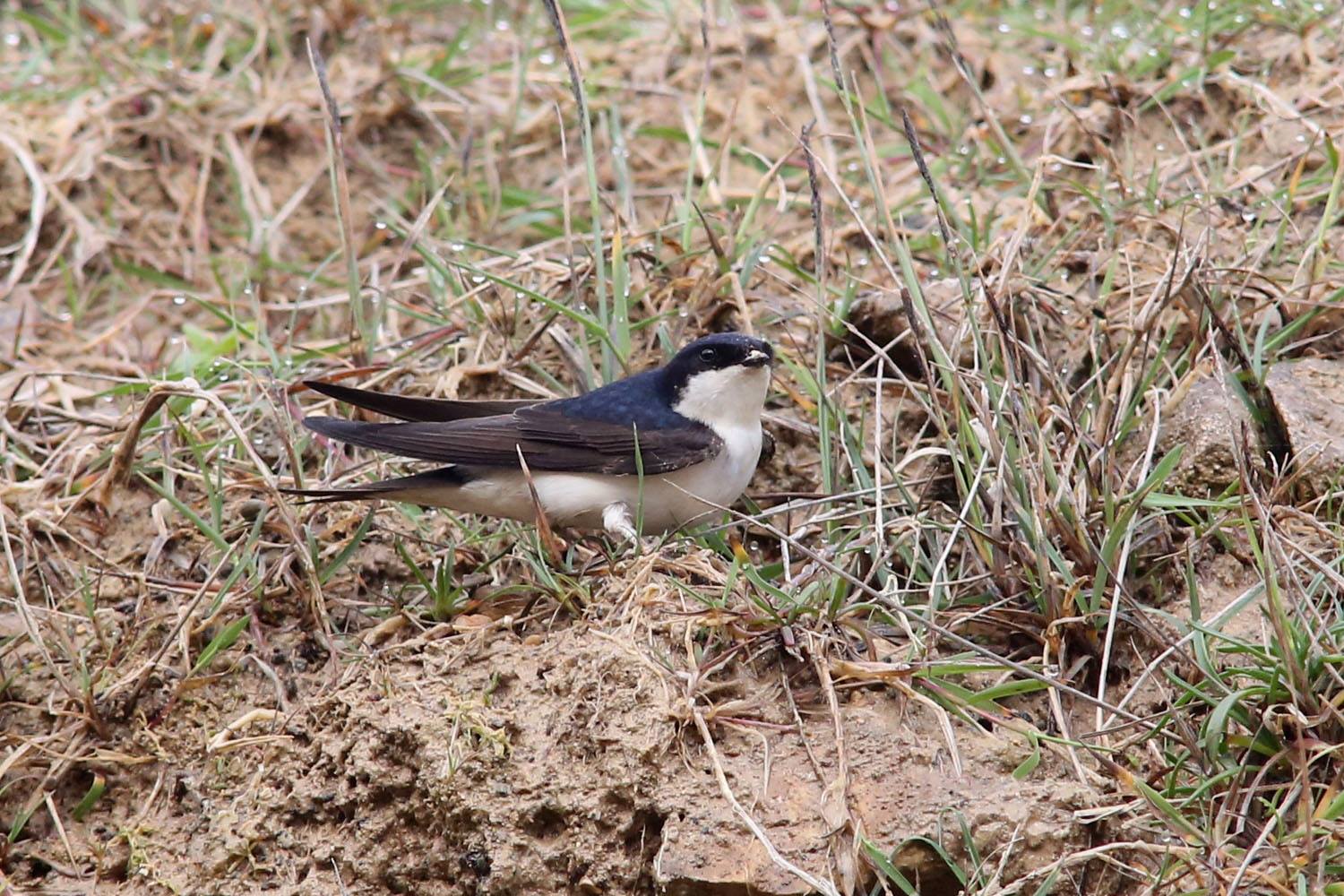
House Martins are very sociable and inclined to operate in small flocks. They will rush past you in a fluttering flight on stiff triangular wings while blowing "prrit" raspberries and flashing their white bums just so you don't confuse them with Swallows.
A House Martin has a blue-black back, pure white underparts, a white bum, a forked tail with no streamers and a dark underwing. They arrive in late April, usually a week after the Swallows, and depart late October to over winter in Africa. Where they go in Africa is still a bit of a mystery. It is thought somewhere high above the central African rainforest. While on this winter holiday, they do their moult (feather change) so they are looking spic and span for when they return.
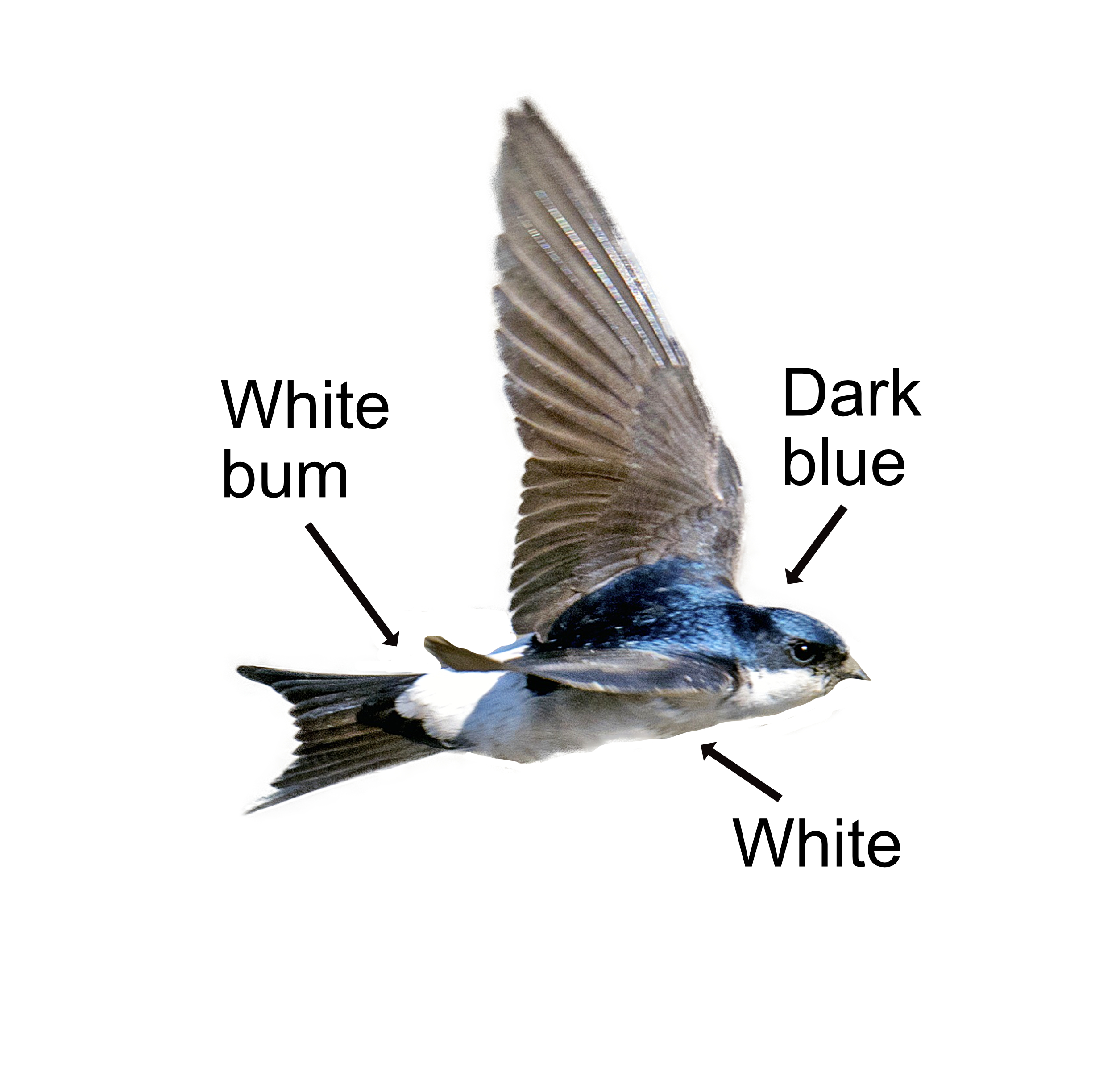
House Martins eat insects like aphids, gnats, flies, beetles, and ants which they catch in flight, similar to a Swallow, though often at a higher level in the sky. They seldom land on the ground except to gather nest material.
Nesting starts in May, a week or two after arriving. House Martins have largely abandoned nesting on cliffs and mainly make their cup-shaped nests under the eaves of houses, reusing and repairing old nests year after year. The nest takes both adults 12-14 days to make and is made of 2,500 small mud pellets stuck together and has an entrance with a clear flight path in. Being sociable, House Martins prefer to nest in groups. The 3-5 eggs hatch after 15 days. Both parents feed the youngsters who can fly after 30 days. From 15 days the parents try to lure the youngsters from the nests on test flights. They have two broods (sometimes three) with brothers and sisters from the first brood helping to feed the second. Late broods can still be in the nest in October. If you stand under a House Martin's nest at night, you can hear the conversational twittering as they read bedtime stories. Although their nests are protected, ignorance and people not liking poo on their houses leads to some bad homeowners knocking nests down. The House Martins will build a new nest elsewhere, but it results in fewer successful broods.
There are about 500,000 pairs in Britain with the preferred habitat being open country with low vegetation, such as pasture, meadows and farmland, and preferably near water, although they can also be found in mountains. House Martins have even moved back into cities if the air is clean. The oldest ringed bird lived to be 14 years old.
The Latin name is ’delichon urbica’ where ’delichon’ is an anagram of the Ancient Greek term ’chelidon’ meaning ’swallow’ and ’urbicum’ is from the Latin for 'of the town'.
